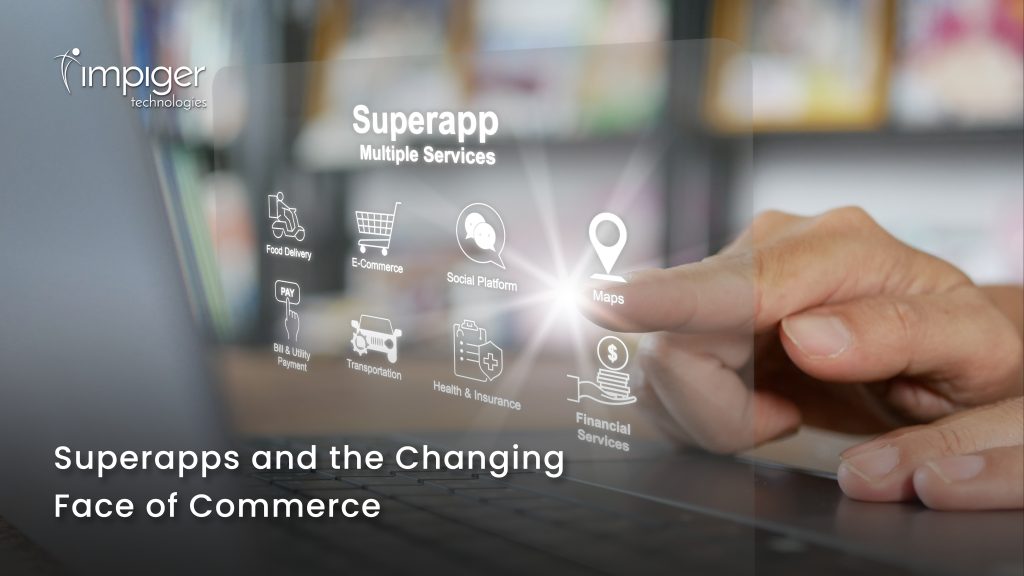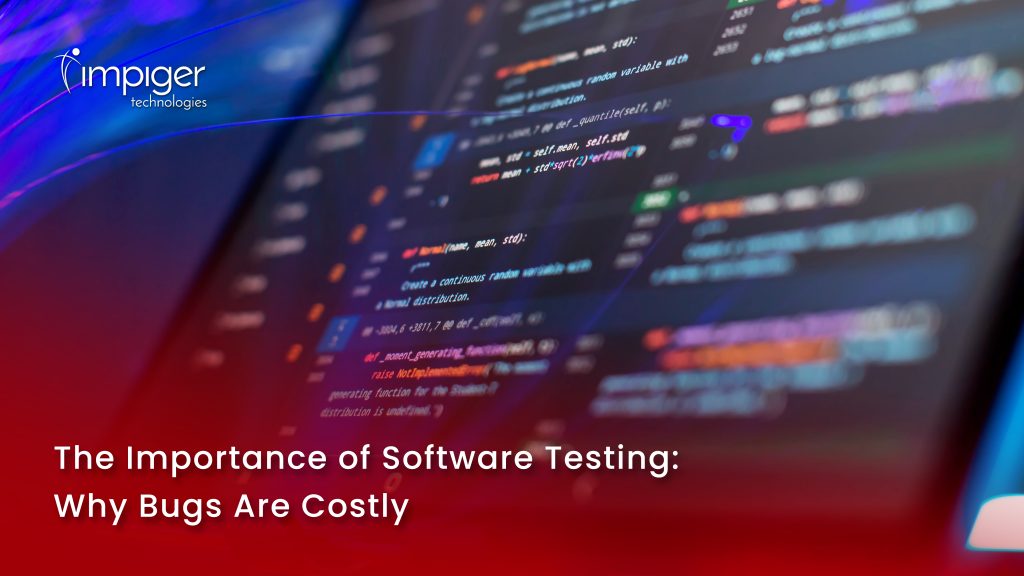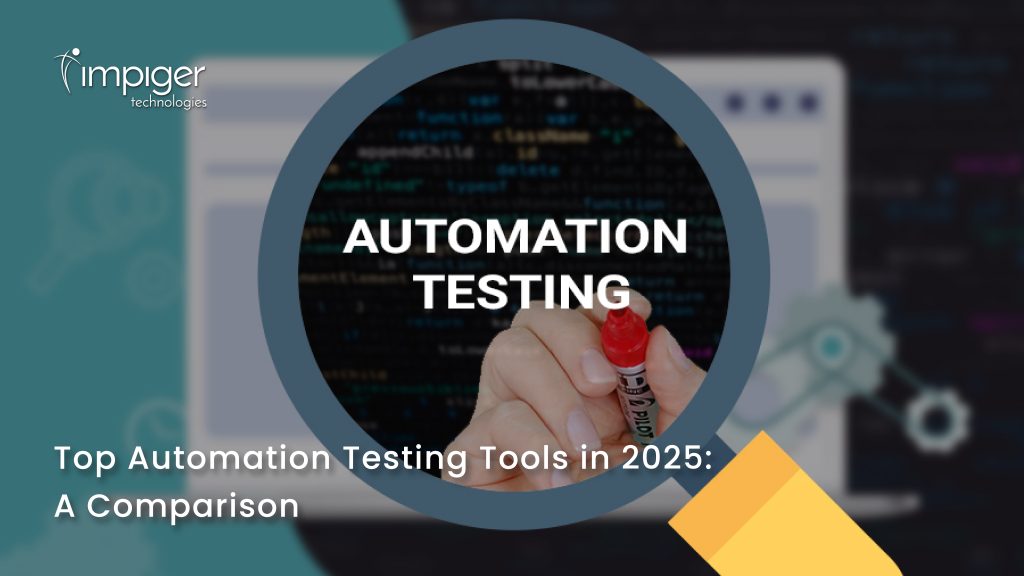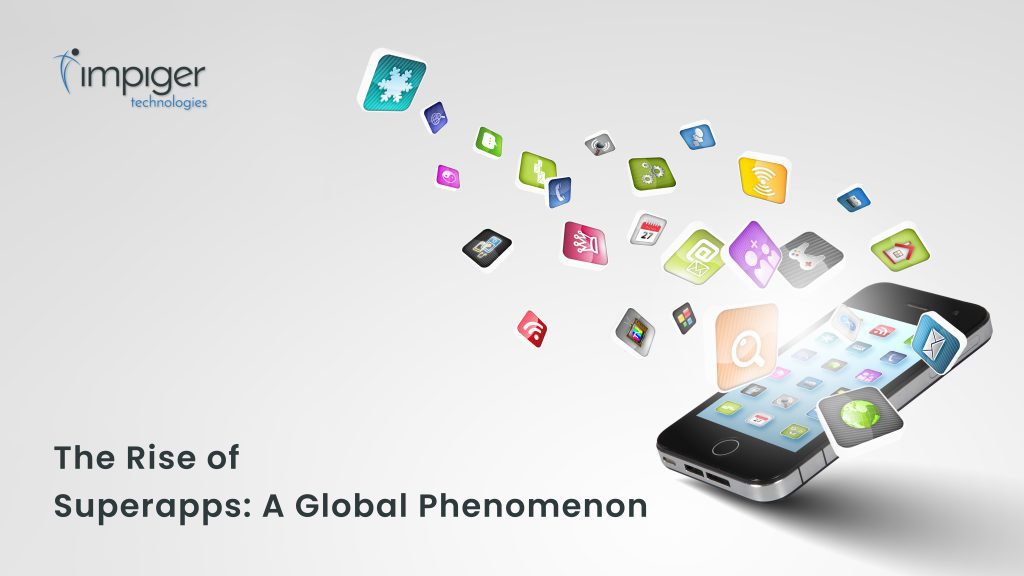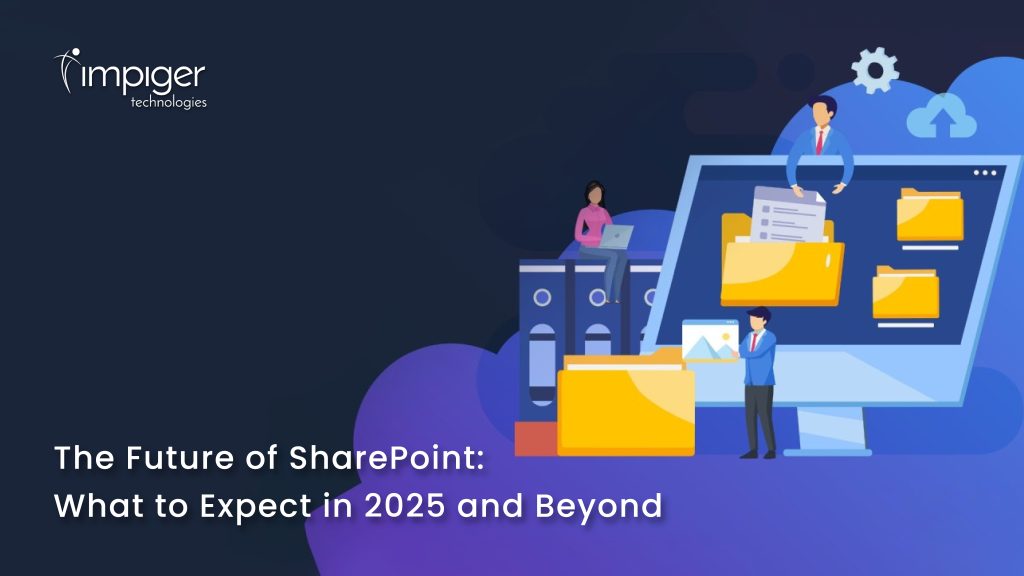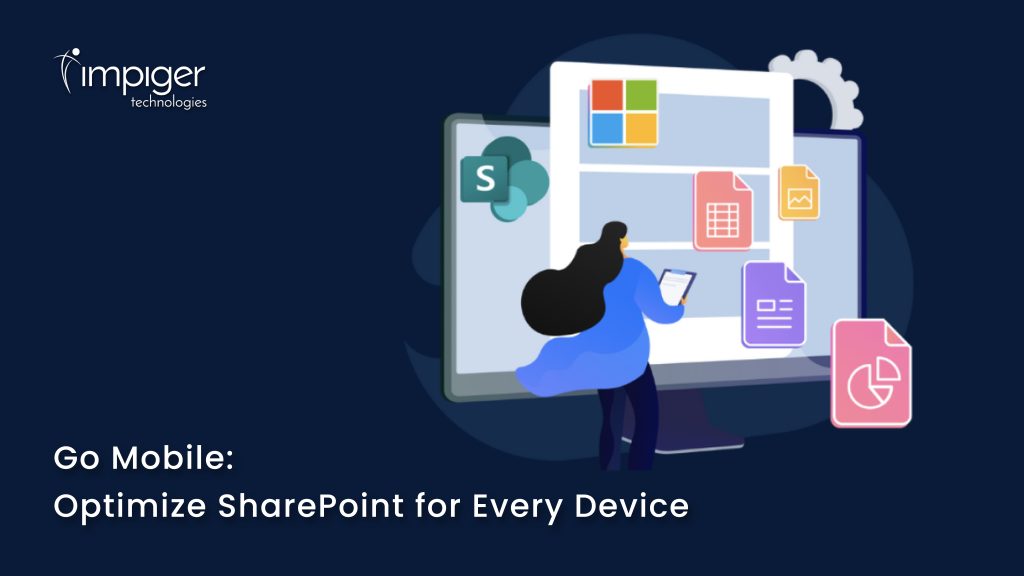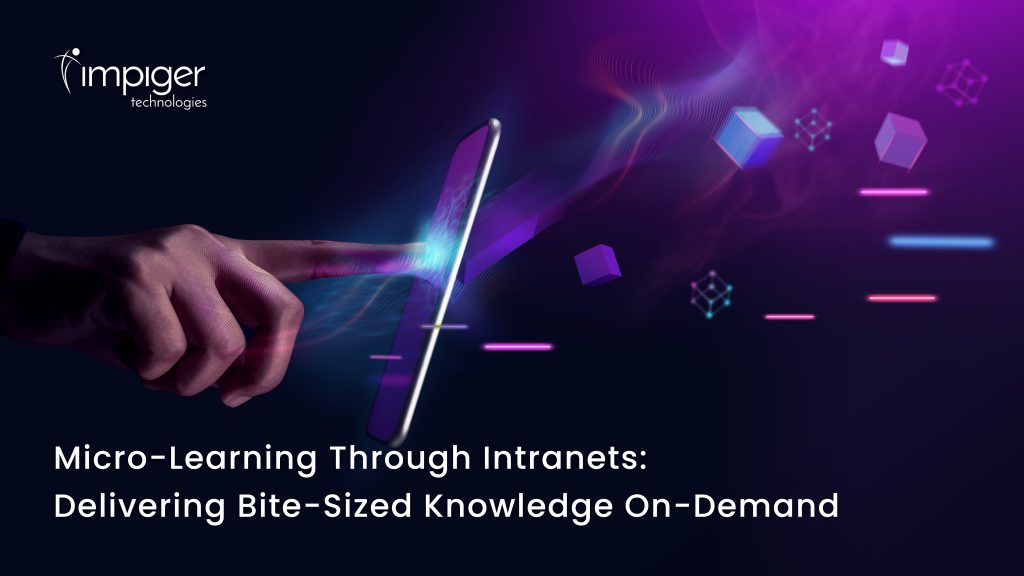The world of software development is evolving rapidly, and so is the concept of Continuous Integration and Continuous Deployment (CI/CD). For years, Jenkins and GitLab have been the go-to tools for CI/CD pipelines, but as the demand for faster, more efficient, and scalable solutions grows, the landscape is shifting. What lies beyond Jenkins and GitLab? This blog explores emerging trends, tools, and practices that are shaping the future of CI/CD.
A Brief Overview of CI/CD
To understand the future, it’s important to first revisit what CI/CD is all about. Continuous Integration (CI) refers to the practice of automatically integrating code into a shared repository several times a day, while Continuous Deployment (CD) automates the deployment process to ensure faster release cycles. The ultimate goal of CI/CD is to enable faster, more reliable software delivery, reducing the time between writing code and getting it into the hands of users.
The Dominance of Jenkins and GitLab
For many developers, Jenkins and GitLab have long been the cornerstone of CI/CD workflows. Jenkins, an open-source automation server, has been around for over a decade and has a vast plugin ecosystem that allows it to be highly customizable. GitLab, on the other hand, offers a comprehensive DevOps platform that integrates CI/CD with version control, issue tracking, and more.
While both tools have earned their place in CI/CD history, the limitations of these legacy tools are becoming more apparent as modern software practices demand more flexibility, scalability, and cloud-native compatibility. Enter the next generation of CI/CD tools and practices that are pushing the boundaries of what CI/CD can achieve.
The Shift to Cloud-Native CI/CD
As more organizations embrace cloud-native architectures, the CI/CD tools and pipelines need to evolve as well. Cloud-native technologies like Kubernetes, Docker, and serverless computing require CI/CD platforms that are designed for scalability, flexibility, and seamless integration with cloud services. This has led to a rise in cloud-native CI/CD platforms, such as:
- CircleCI
CircleCI has rapidly become one of the top contenders in the CI/CD space due to its ability to scale effortlessly on cloud infrastructure. It supports Docker and Kubernetes, offers fast parallelism in builds, and integrates with various cloud providers. CircleCI’s configuration-as-code approach and seamless integrations with popular tools make it an excellent option for modern, cloud-native development workflows. - Travis CI
Another player in the cloud-native CI/CD space is Travis CI. Known for its simplicity and cloud-based architecture, Travis CI is fully integrated with GitHub and offers robust support for containerized applications. Its ease of use and seamless integration with GitHub make it an attractive choice for cloud-native developers. - Harness
Harness is a next-generation CI/CD platform that focuses on intelligent automation, offering a seamless and fast pipeline experience. It integrates with cloud platforms like AWS, Azure, and GCP, and uses machine learning to optimize workflows and deployments, significantly reducing human error and manual interventions. - Argo CD
For Kubernetes-focused development teams, Argo CD is an open-source continuous deployment solution that provides declarative GitOps for Kubernetes. GitOps is an approach where Git repositories serve as the source of truth for the configuration of deployments and infrastructure. Argo CD allows teams to manage their Kubernetes deployments using a Git repository, enabling more automation and scalability for cloud-native applications.
The Rise of GitOps
GitOps, an approach to managing infrastructure and applications using Git as the single source of truth, is gaining traction as a CI/CD practice. Tools like Argo CD and Flux have made GitOps a popular choice for Kubernetes-centric environments. GitOps simplifies continuous deployment, enabling developers to have a clear audit trail, versioned configurations, and automated rollbacks, all tied directly to Git repositories.
As organizations continue to embrace microservices, containerization, and Kubernetes, GitOps provides a more efficient, transparent, and scalable way to manage deployments. The future of CI/CD, therefore, will likely see an increased shift towards GitOps, especially for those leveraging cloud-native architectures.
The Move Toward Low-Code and No-Code CI/CD
Another emerging trend in CI/CD is the rise of low-code and no-code platforms. These platforms provide developers and non-developers with the ability to automate the CI/CD pipeline without writing extensive code. By abstracting the complexity of CI/CD pipelines, these platforms can make software delivery more accessible to teams with less technical expertise.
For example, platforms like GitHub Actions are simplifying CI/CD by integrating directly into the GitHub workflow, enabling developers to write simple YAML-based workflows without managing complex infrastructure. Similarly, Buddy offers a low-code CI/CD automation platform that lets developers create workflows with a visual interface, making the process more user-friendly.
The low-code/no-code trend is especially relevant in organizations where speed and ease of adoption are critical, as it enables teams to quickly deploy and automate without requiring deep knowledge of the underlying CI/CD systems.
CI/CD as Code: Versioning Pipelines
Versioning CI/CD pipelines is gaining importance as organizations move towards more distributed, collaborative development models. By treating CI/CD pipelines as code, teams can track, version, and review changes to their CI/CD processes just like they would with application code.
Platforms like GitHub Actions and Bitbucket Pipelines already allow users to manage pipelines as code, making it easier for teams to collaborate on pipeline configurations. In the future, expect to see an increasing focus on versioning CI/CD pipelines, allowing organizations to maintain and improve their delivery processes with the same rigor applied to code.
Automation and Machine Learning in CI/CD
The next frontier in CI/CD could involve even greater levels of automation, driven by machine learning and AI. Imagine a CI/CD system that not only detects errors and suggests fixes but also predicts bottlenecks in deployment and optimizes workflows based on historical data. This could drastically improve efficiency and reduce human error in software delivery.
Harness, for example, is already employing machine learning to optimize deployment strategies. Over time, we can expect even more intelligent CI/CD tools that go beyond automation, providing predictive insights and learning from past deployments to continuously improve the software delivery pipeline.
The Future of CI/CD in 2025 and Beyond
As software development continues to evolve, CI/CD tools and practices will continue to advance. The future will likely be defined by:
- Cloud-Native Pipelines: CI/CD tools that seamlessly integrate with cloud services and containerized environments like Kubernetes.
- GitOps and Kubernetes: A deeper integration of GitOps practices and CI/CD pipelines, particularly for Kubernetes-centric workflows.
- Low-Code/No-Code Solutions: CI/CD tools that make it easier for non-developers to automate and manage deployment pipelines.
- CI/CD as Code: Increased adoption of versioned, code-driven CI/CD pipelines for better collaboration and reproducibility.
- Machine Learning-Driven Automation: AI-powered insights and optimizations that will enhance the intelligence of CI/CD pipelines.
Final Thoughts
In conclusion, while Jenkins and GitLab have been instrumental in shaping the CI/CD landscape, the future is bright with a new generation of tools and practices. The move towards cloud-native, GitOps, low-code solutions, and intelligent automation is setting the stage for faster, more reliable software delivery. For organizations looking to stay ahead, embracing these innovations will be key to staying competitive in an ever-evolving software development world.



